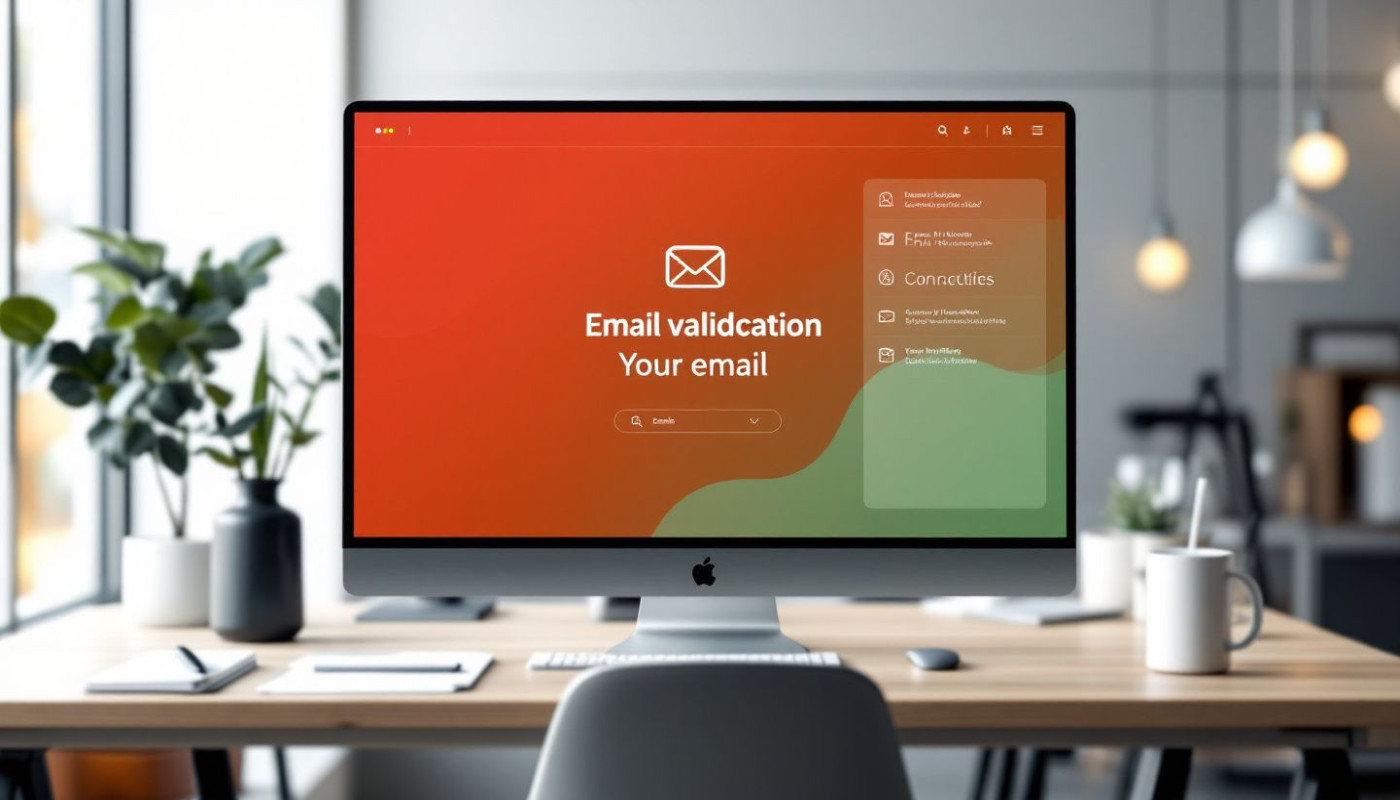Table of contents
Effective email validation is an essential step in ensuring your marketing campaigns reach the right audience and deliver measurable results. With inboxes becoming increasingly crowded, verifying email addresses can make a significant difference in engagement and deliverability. Discover how the right validation strategies help refine your contact lists and unlock the full potential of your marketing efforts in the sections that follow.
Understanding email validation basics
Email validation is a process that ensures each address on a mailing list is genuine, correctly formatted, and capable of receiving messages, making it central to the success of marketing campaigns. Unlike email verification, which often focuses solely on checking if an address exists or responds, email validation incorporates a series of automated steps including the technical mechanism known as syntax check to confirm that addresses match industry formatting standards. This comprehensive approach safeguards data accuracy and prevents the delivery of marketing communications to invalid or mistyped recipients. The role of validation extends beyond simple detection, as it helps maintain a clean mailing list, reducing bounce rates and supporting sender reputation.
Implementing email validation is particularly beneficial for marketers seeking to maximize engagement and preserve budget efficiency. With the assurance that messages are reaching real, active users, marketing campaigns can achieve higher open and conversion rates. Maintaining a clean mailing list through regular validation also helps avoid blacklists and deliverability issues, allowing brands to foster better relationships with their audiences. By prioritizing accurate data and distinguishing between validation and basic email verification, organizations can support long-term strategic goals and measurable results in their digital outreach efforts.
Reducing bounce rates effectively
Email validation plays a pivotal role in lowering the bounce rate, which directly affects the sender reputation and overall campaign performance. When a marketing list contains invalid emails, messages sent to these addresses result in a hard bounce, signaling to email service providers that the sender may not be managing their lists properly. This can lead to diminished deliverability, as providers may filter out or block future emails, undermining marketing objectives. By proactively validating email addresses, organizations can ensure that communications reach real, active recipients, thus conserving resources that would otherwise be wasted on unreachable inboxes and reducing the likelihood of being flagged as spam. For a practical approach to testing and enhancing deliverability, marketers can Visit to utilize dedicated tools designed for this purpose, which helps maintain clean contact lists and optimize every campaign’s reach.
Enhancing personalization efforts
Validated email addresses serve as the foundation for advanced personalization in digital marketing, directly supporting superior customer segmentation and highly targeted messaging. By ensuring the accuracy and authenticity of email data, marketers can confidently divide their audience into distinct segments based on behavioral patterns, demographics, and purchase history. This refined segmentation process enables the delivery of bespoke messages tailored to each group, resulting in marketing communications that resonate more deeply with recipients. Reliable data dramatically improves marketing relevance, as messages reach the right audience with content that matches their interests and needs. The outcome is enhanced audience engagement, measurable through higher open rates, click-throughs, and conversions. Effective email validation thus not only streamlines personalization but also maximizes the impact of every campaign by making sure each contact receives content that matters to them.
Protecting sender reputation
Effective email validation plays a pivotal role in safeguarding sender reputation by ensuring only verified and active email addresses are included in marketing campaigns. Maintaining strong email hygiene prevents the accumulation of invalid or inactive addresses, which can negatively impact domain reputation and lead to increased risk of blacklisting by major internet service providers. Blacklisting not only disrupts email deliverability but also compromises the reach and engagement of promotional messages. Implementing thorough validation processes helps align with anti-spam compliance standards, reducing the likelihood of campaigns being flagged as spam or violating regulatory guidelines. The relationship between sender reputation and campaign success is direct: a positive reputation enhances inbox placement, maximizes audience engagement, and supports consistent marketing outcomes. Organizations prioritizing domain reputation benefit from improved trustworthiness and long-term effectiveness of email marketing efforts.
Maximizing marketing ROI
Email validation plays a pivotal role in elevating marketing ROI by ensuring that campaigns target real, active inboxes. By filtering out invalid or outdated email addresses, organizations dramatically reduce wasted sends, resulting in lower bounce rates and higher deliverability. This practice directly impacts conversion rate optimization, as messages are delivered to engaged recipients more likely to respond positively. Enhanced data quality enables marketers to focus their efforts on genuine prospects, fostering increased conversion rates and overall campaign success. Accurate reporting further benefits from clean lists, as metrics such as open rates and click-throughs reflect true customer engagement rather than inflated numbers from undeliverable emails. Through improved data integrity and targeted outreach, marketers achieve more reliable insights, maximizing the impact of every dollar spent and refining their strategies for superior marketing ROI.
Similar

How Localized Visuals Impact Player Engagement In Online Gaming?

Exploring the rise of edge computing how decentralizing data processing is revolutionizing the web

Futuristic Web Interfaces Powered By AI Image Generation Technologies

